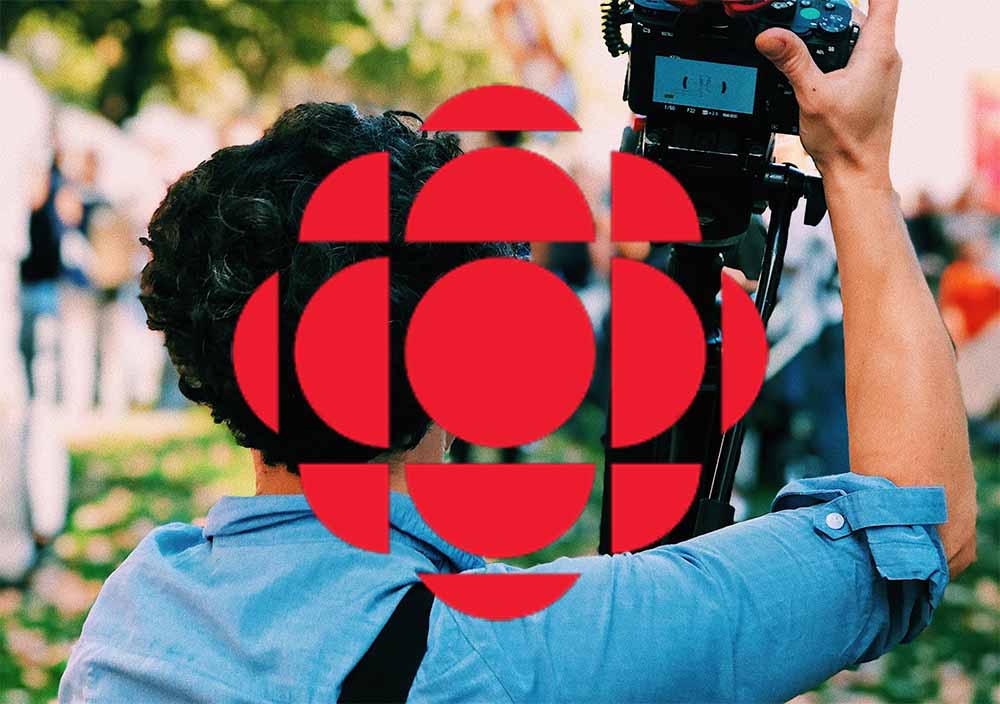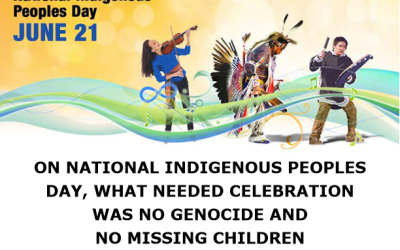Years ago, I was given a great opportunity to be the lead reporter and do the editing work for a national Indigenous newspaper based in Winnipeg. It was called the Drum/First Perspective newspaper and it covered Indigenous news in Manitoba and around Canada. The paper is no longer operating, but this position changed my life in so many ways.
I learned much in that position and I encountered many Indigenous people all across Canada. I also profiled many leading Indigenous personalities. One thing I really learned was all the different endeavours Indigenous peoples were engaged in across Canada. For instance, Indigenous people have a very lively professional music scene, they have produced some of the most beautiful art, and many are into professional sports, especially hockey and lacrosse, as well as other sports.
I came to realize that often the media only portrayed Indigenous people when they were in conflict with the law or were protesting something. In my newspaper job, I covered a lot of political issues too, but I learned that I needed to branch out my perspective and recognize the multi-faceted life of Indigenous peoples here.
Another thing I learned was the breadth of opinion within and between Indigenous peoples, especially from different groups. As journalists, we are taught to always seek out dissenting views on important issues and I discovered that definitely applied to Indigenous peoples.
Now, back to mainstream media, I often notice that reporters go to some of the same sources for comment over and over. It is frequently the political leaders and it is many times the opinion of ‘elite’ opinion holders, such as Indigenous scholars and political activists.
The effects of this kind of journalism is it distorts the discourse. Canadians are left with the impression that Indigenous people do nothing but protest and block highways and that they all hold radical opinions.
But, when I worked at the Drum/First Perspective newspaper, I met so many different average Indigenous people that had never protested and held often very mainstream, and conservative points of view on issues.
When I was with that newspaper, our publisher taught me a lot. I had to study and almost memorize the Indian Act so that I could understand how political issues in Canada affected Indigenous communities. I had to learn much of the legal and constitutional issues that affected this community. I remember the publisher would say to me: “Ok, this is what is happening, but how is this significant or new from an Indigenous perspective?”
My chief complaint against mainstream newspapers was that they skimmed superficially in these issues, and often did not understand the legal or historical context of an issue. Many times this is because of cutbacks at media outlets and they may never have had a dedicated reporter on Indigenous issues who should be well-versed on these matters. Also, reporters – with often a liberal mindset of assumptions – think there is only one Indigenous perspective on an issue and do not bother to seek out the two or three different views in the community.
At some point, the CBC established an Indigenous news section within itself. While it is good to see the increased attention to these issues, I get concerned that they might repeat many of these errors.
The challenge for such a media environment is to ensure they get the dissenting views, like the pro-oil Indigenous voices and the voices that support certain legislation that is not popular with the majority. They need to stop just asking the chief or the AFN about issues. They need to talk to different sides of the debate right on reserves and not limit themselves to speaking to an Indigenous scholar with a leftist bias.
For instance, CBC News has given an almost full-time platform to Dr. Pam Palmater, a Mi’kmaq professor at Ryerson University. The problem is Dr. Palmater has very confrontational views about government and her views are not representative of all Indigenous peoples. She also was a failed candidate for the national chief leadership for the Assembly of First Nations (AFN). Yet, I have never seen that mentioned in any of the many news programs where she is interviewed. She is often called upon to comment on issues where it might be useful to declare her politics or her history with the AFN.
In all honesty, it might be better if CBC – and all media outlets – just all did better reporting on Indigenous communities. Media need time and resources to understand these issues and seek out a range of political views within the Indigenous world, not just political protesters and armchair tenured warriors.
Media doesn’t need to create a special sandbox for Indigenous reporting, they just need to up their game big time.
Joseph Quesnel is a research associate with the Frontier Centre for Public Policy. www.fcpp.org



